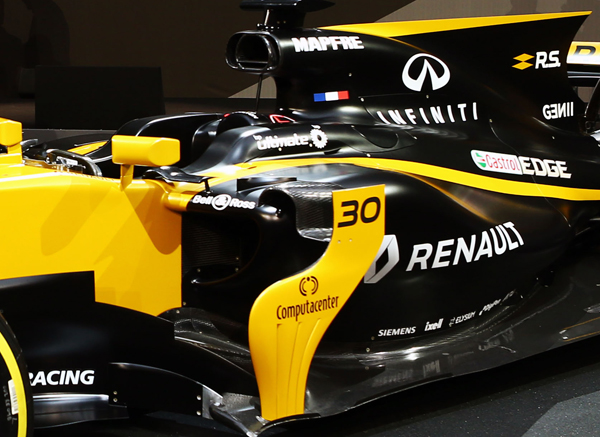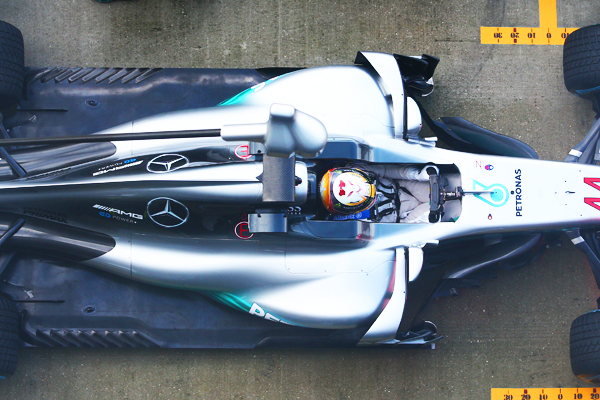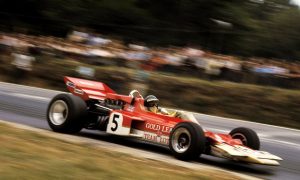
INCLINED TO HIGH RAKE
Right now, it’s hard to assess whether Force India will continue to run a high rake on its new charger, whose predecessor – the VJM09 – was among the cars with the highest rake angle on last year’s grid along with the Red Bull RB12 and McLaren MP4-31.
2017’s aero rules shake-up has led to an increase in the volume of the diffuser. F1 aerodynamicists can further expand it by modifying the car’s attitude in raising the rear (hence the ‘rake’ shape when viewed from the side).
Raising the diffuser is not without risk. First, a higher diffuser is more exposed: turbulent airflow can enter the low-pressure area laterally, which hinders the diffuser’s efficiency. This is the reason why aerodynamicists generate a series of vortices to seal the edges of the diffuser as much as possible.
Secondly, teams must ensure that the splitter, which sits closer to the ground, does not get damaged, nor wear out beyond the mandatory limits.
Now, the splitter will be 100mm shorter this year, per article 3.16.6 of the new technical regulations, which makes it more enticing to have a higher rake angle.
The challenge lies in generating downforce both at slow and high speed, i.e. with different ride heights as these change according to load. Hence the important role played by the hydraulic pitch control systems fitted on several cars.
These have come under greater scrutiny from the FIA over the winter, after Ferrari sent a letter to race director Charlie Whiting asking for clarification about the concept of a pre-loaded suspension that replicates the banned FRIC.
The VJM10 is not fitted with such system at the moment but, depending on how the 2017 tyres work, Force India could develop it after the FIA clears the current dispute.
“We have been testing various concepts for a while now,” Andrew Green commented. "Each has got some merits.
“We really want to see how the tyres perform, what the balance is, and where the weakness of the tyres is so we can then attack that with a mechanical solution.
“We cannot have all the options on the table ready and waiting, depending on what Pirelli's tyre performs like. So we have to wait.
“And hopefully in that time, the FIA will give everybody some guidance about what is and isn't allowed, because that is what we need at the moment. There is too big a grey area.”






